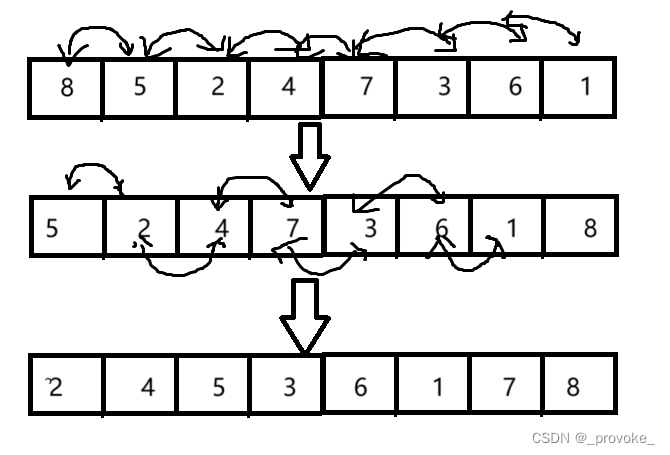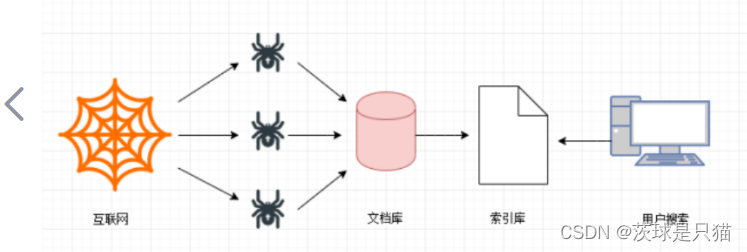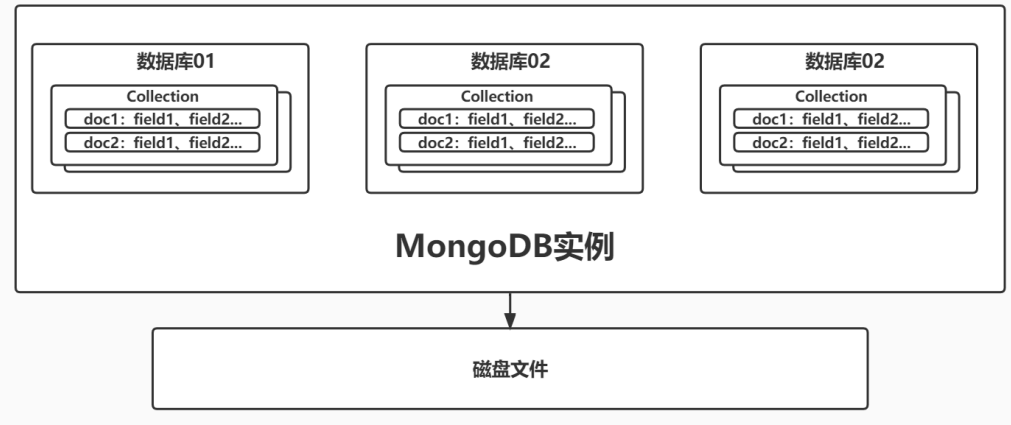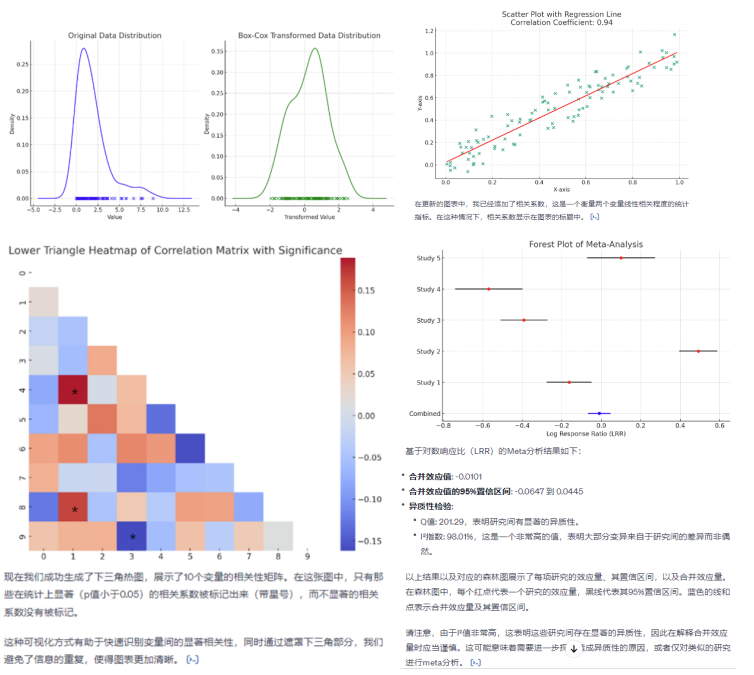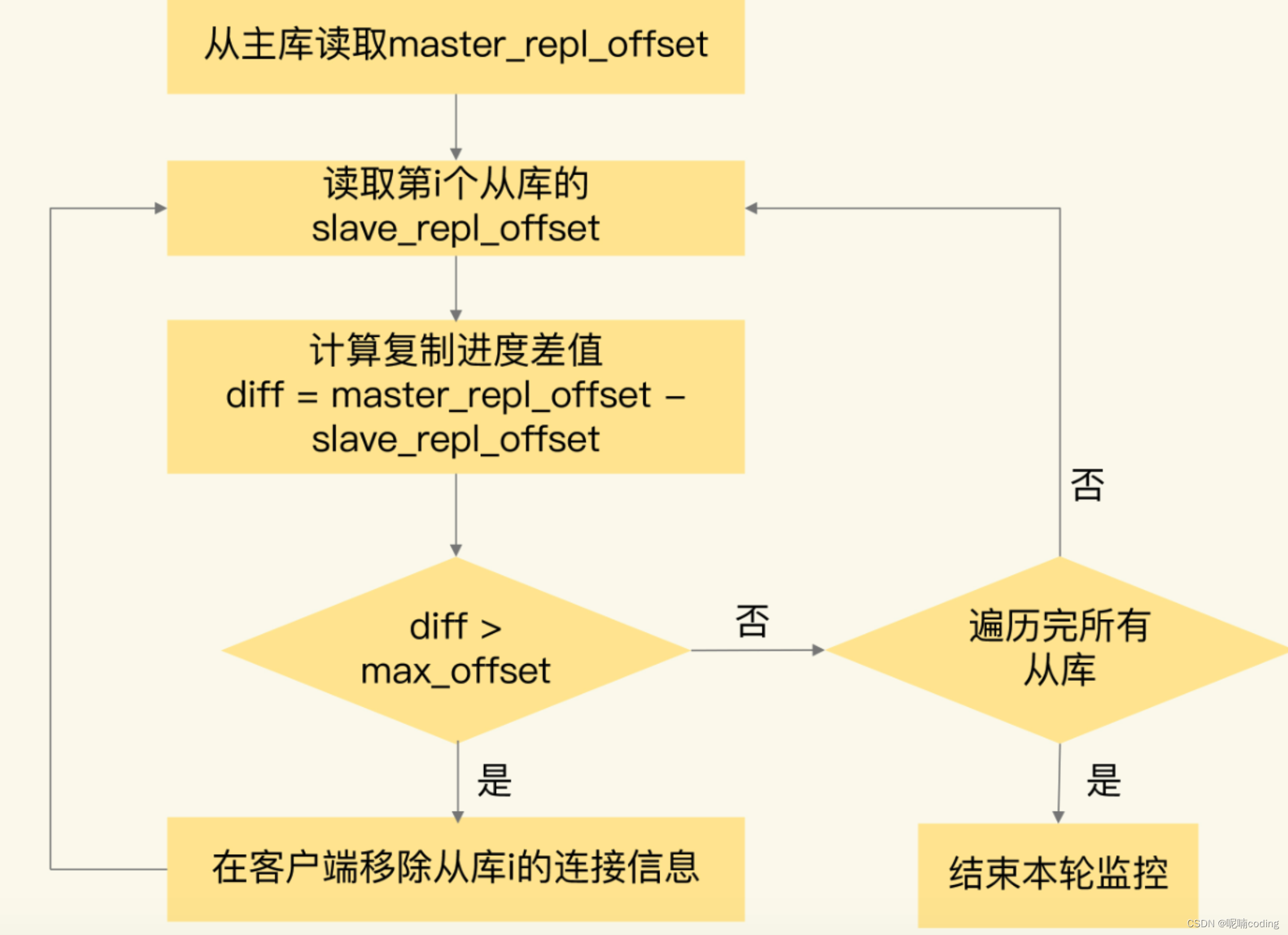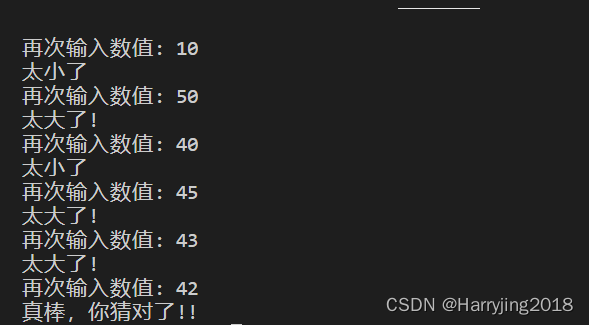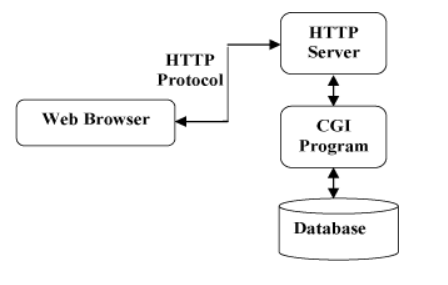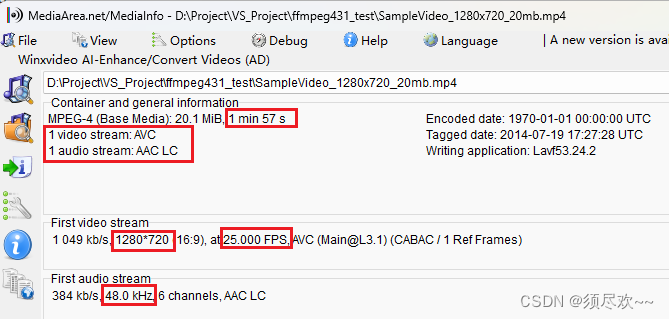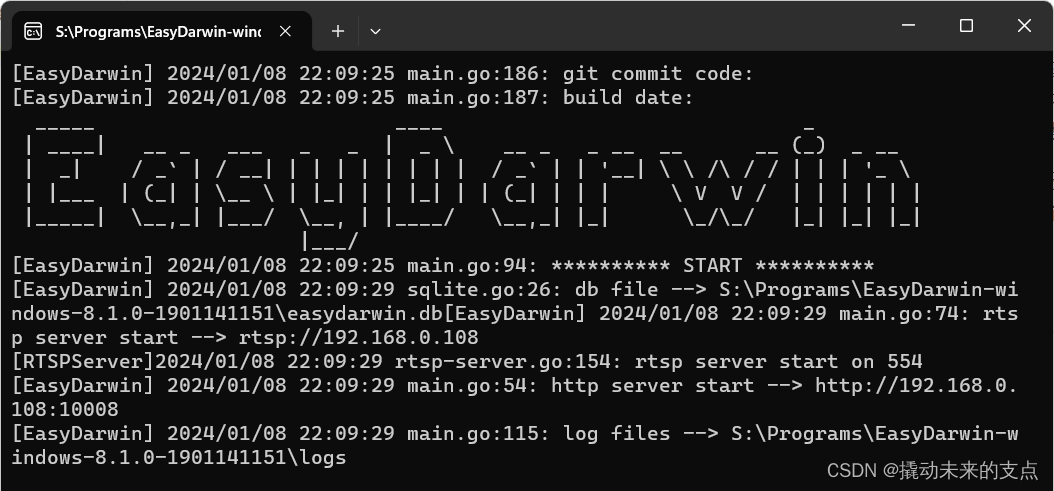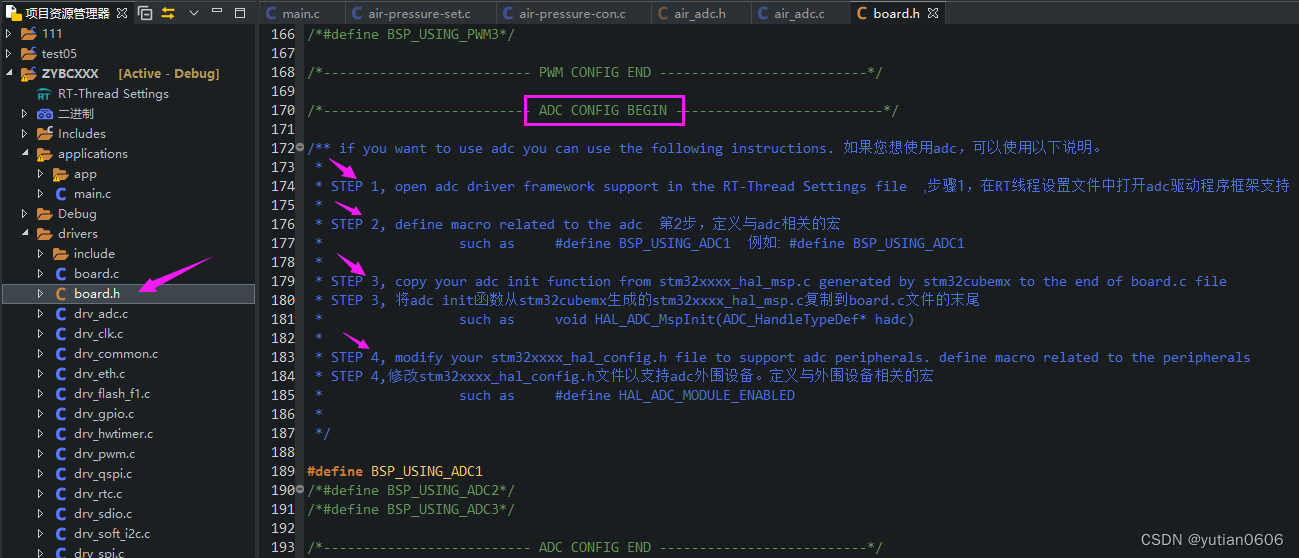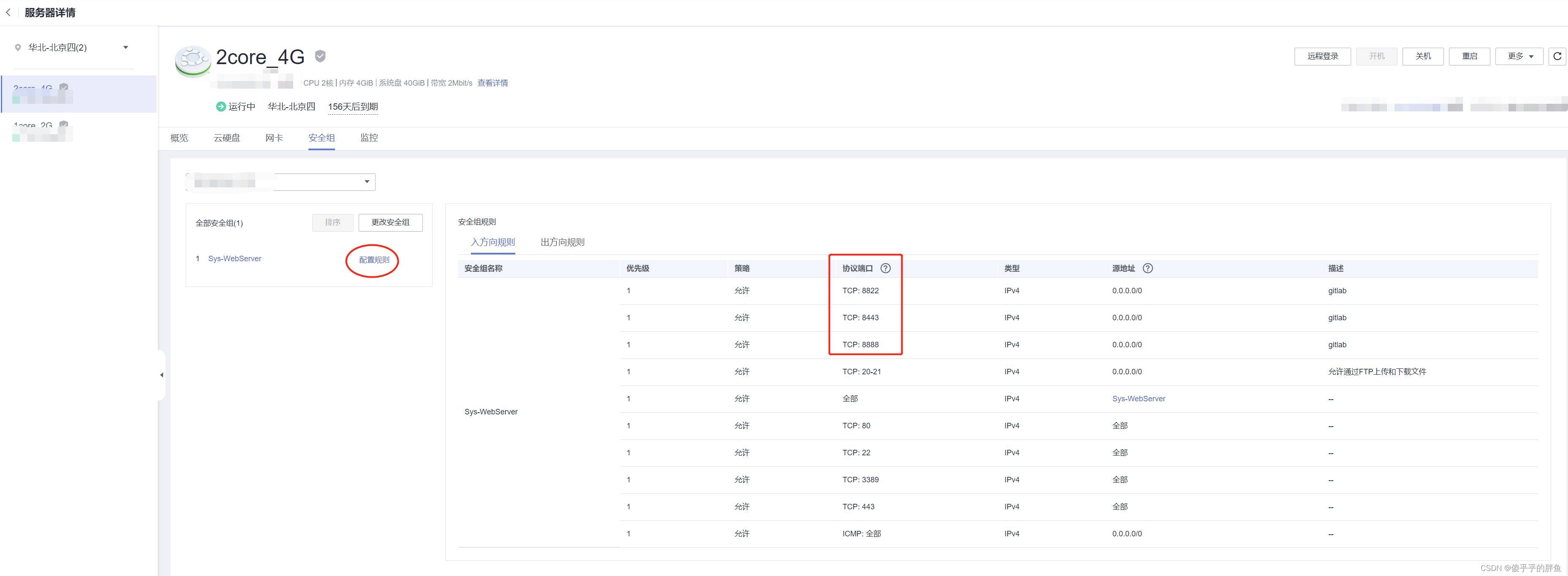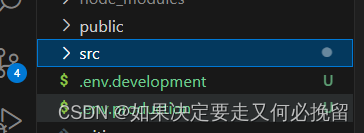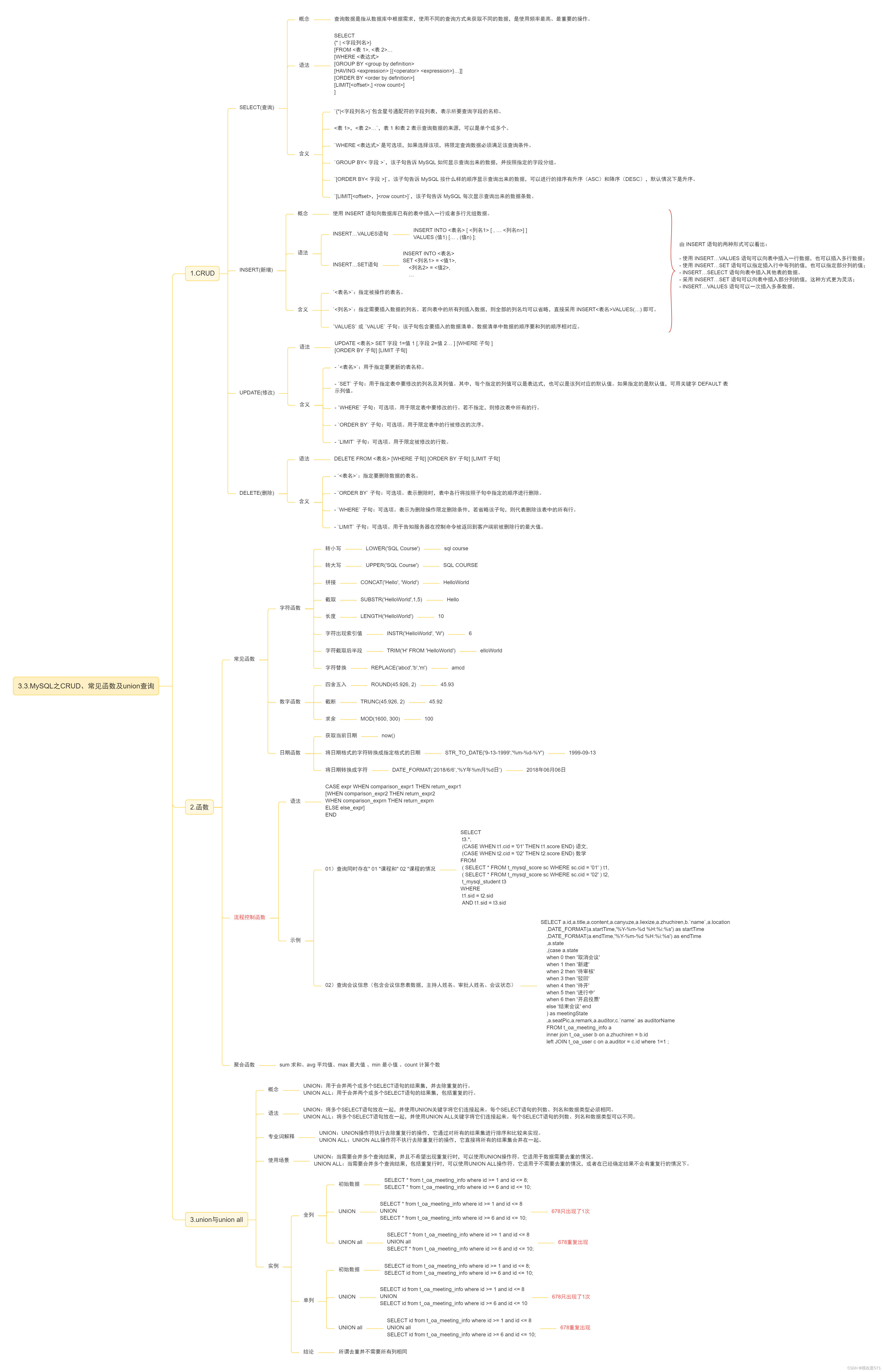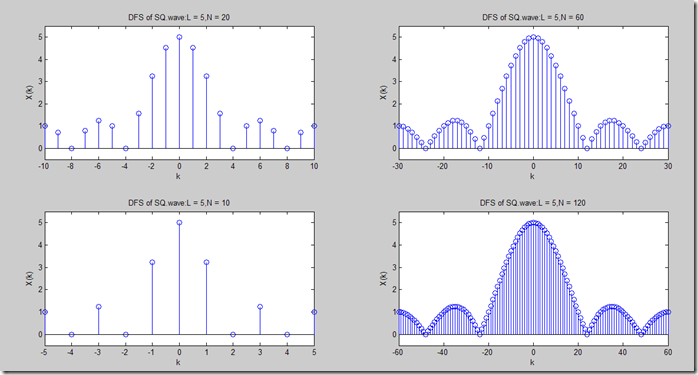目录
一.引言
DFS、BFS 是常见的初级搜索方式,为了提高搜索效率,衍生了剪枝、双向 BFS 以及 A* 即启发式搜索等高级搜索方式。剪枝通过避免不必要或者次优解来减少搜索的次数,提高搜索效率;双向 BFS 通过层序遍历从首尾逼近答案,提高搜索效率;启发式搜索则是从优先级的角度出发,基于优先级高低搜索,提高搜索效率。本文主要介绍双向 BFS 的使用。
二.双向 BFS 简介
1.双向遍历示例
◆ 双向连通图
求 A -> L 所需最短路径。
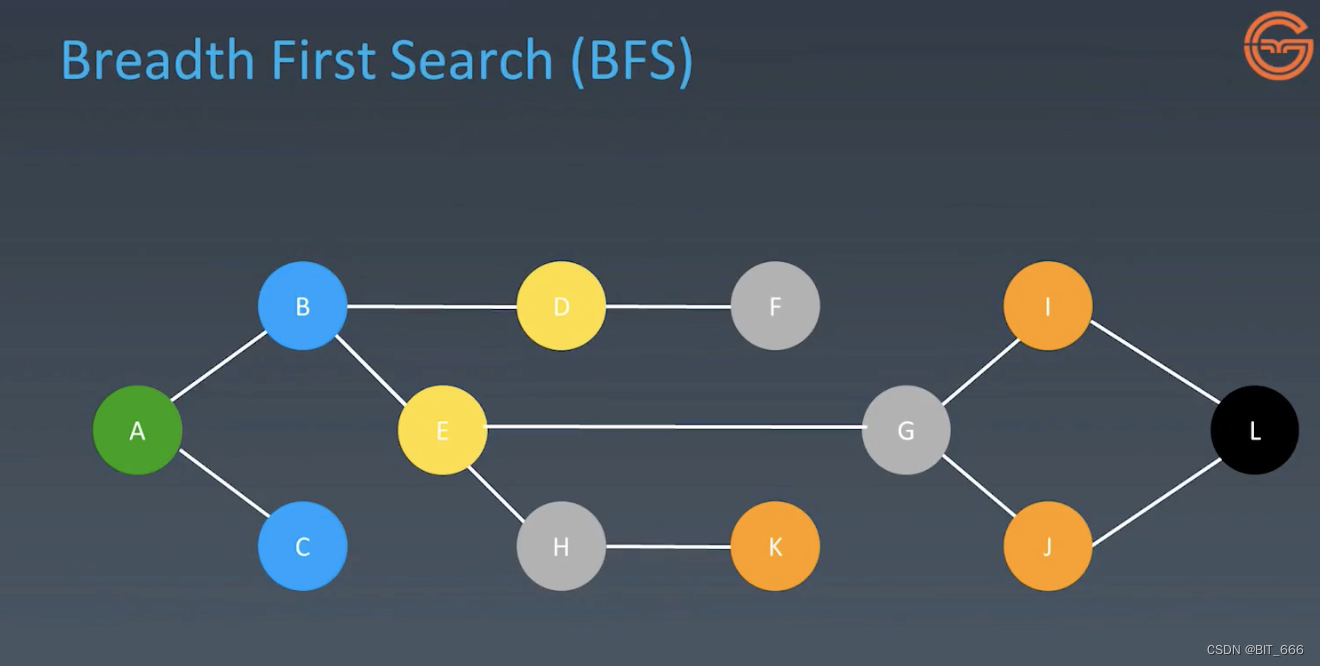
◆ 遍历层级关系
不同颜色代表不同层级的 BFS,绿色为 root,蓝色为第二层,从左向右递推。
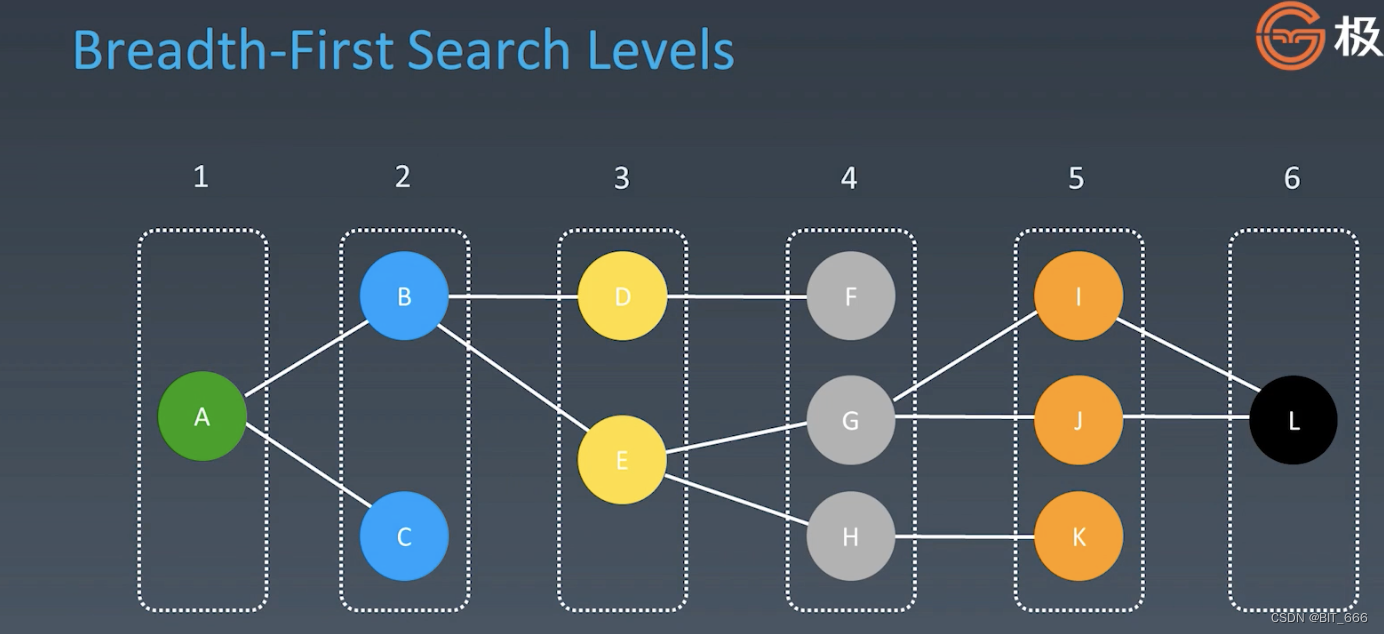
◆ 双向遍历
从 A/L 同时层序遍历,当二者扩散的点重合时,左右路径长度相加即为最短路径。
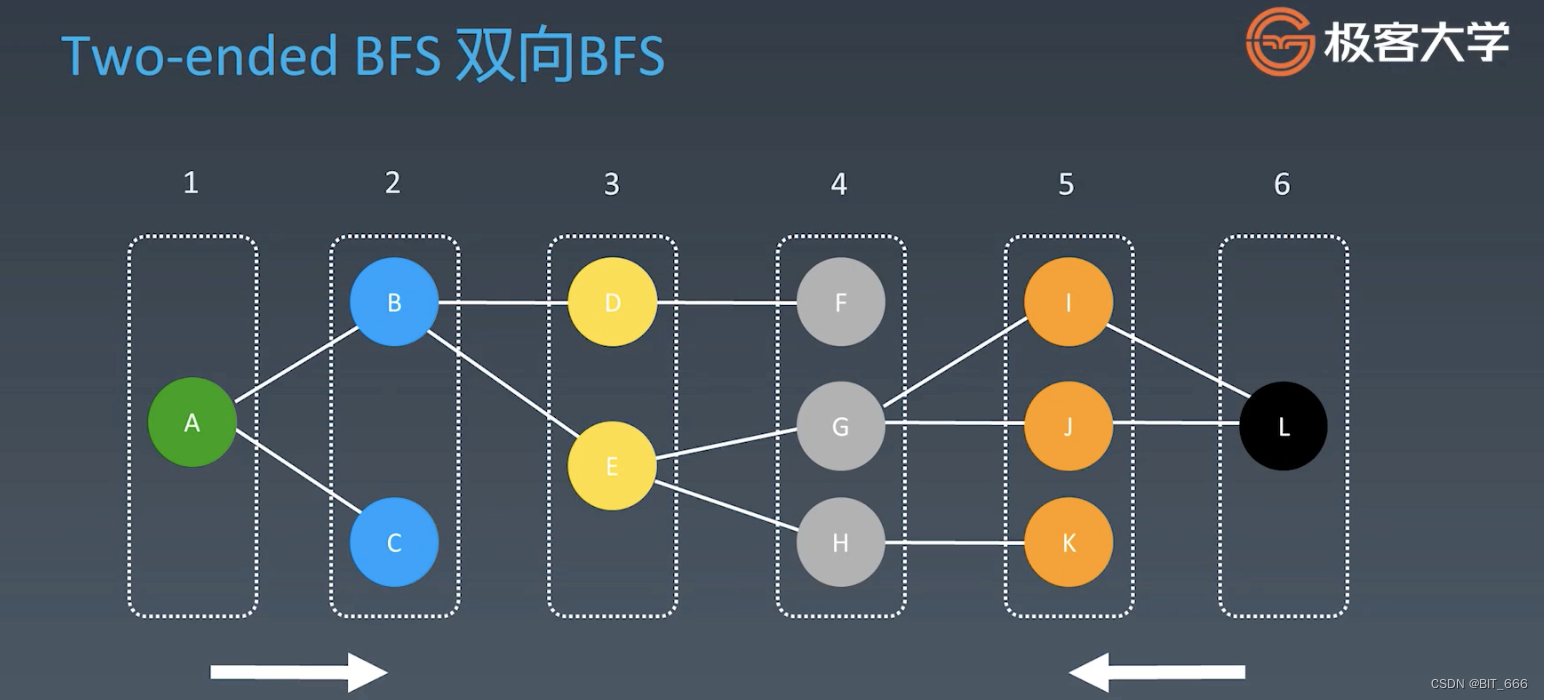
2.搜索模版回顾
◆ DFS - 递归
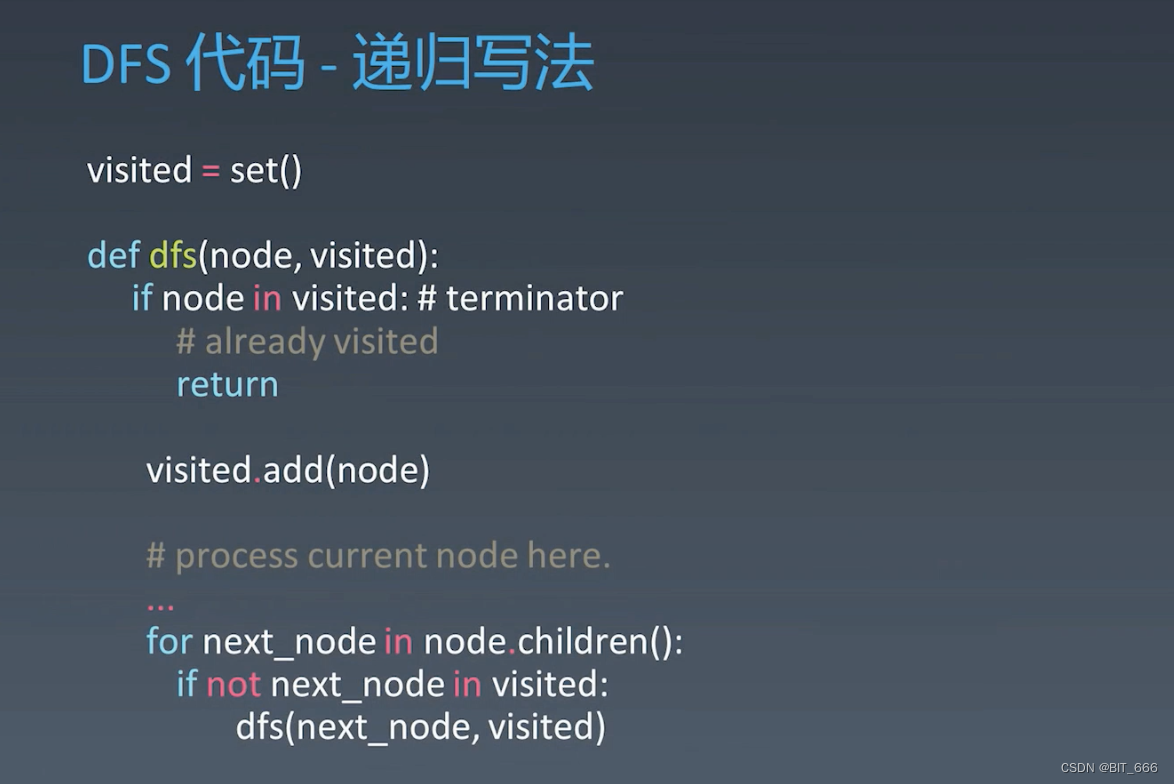
◆ DFS - 非递归
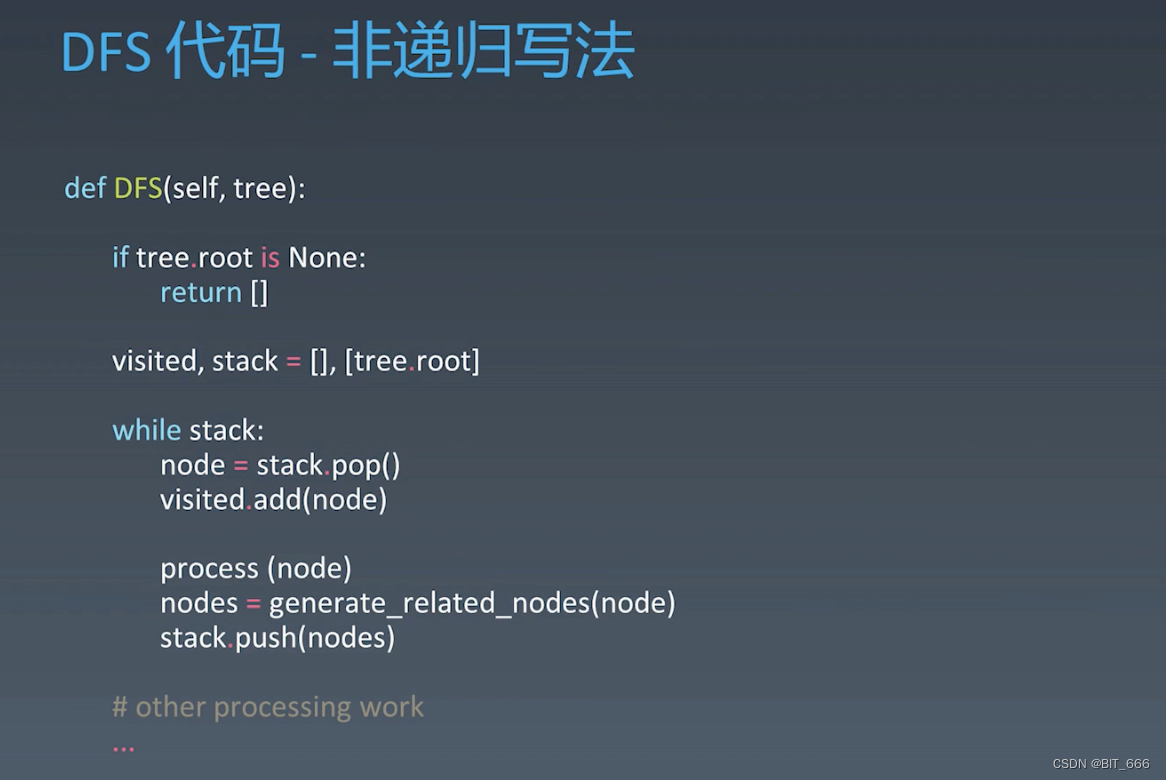
◆ BFS - 栈
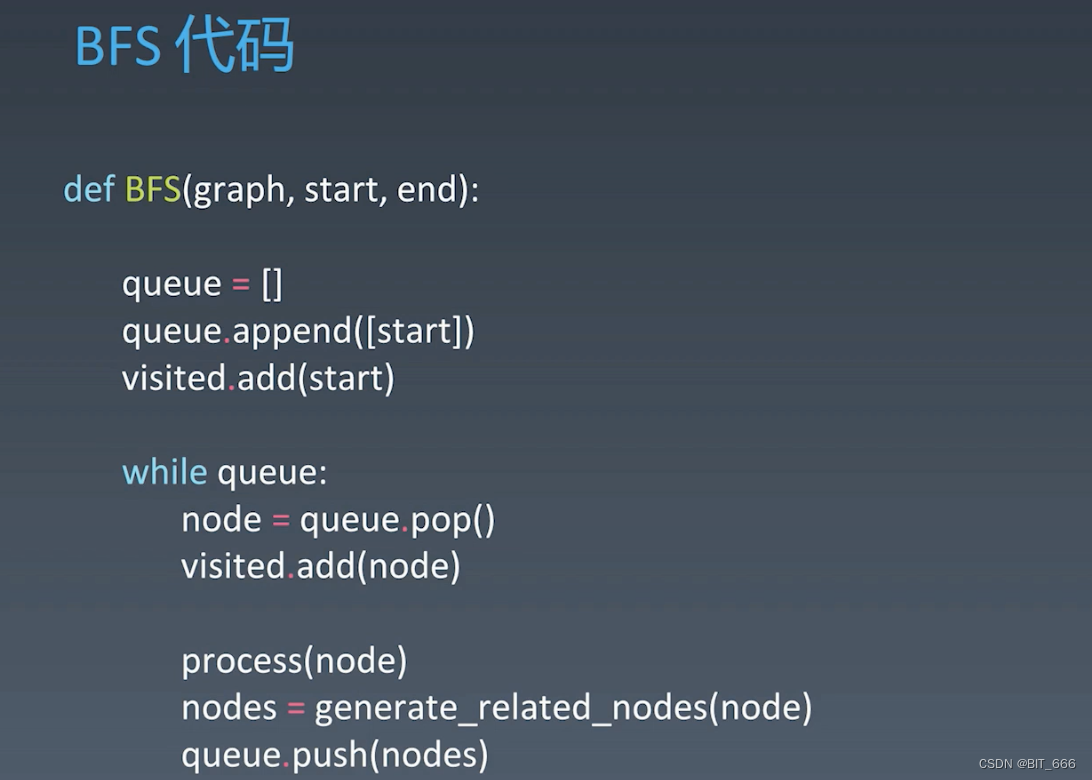
三.经典算法实战
1.Word-Ladder [127]
单词接龙: https://leetcode.cn/problems/word-ladder/description/
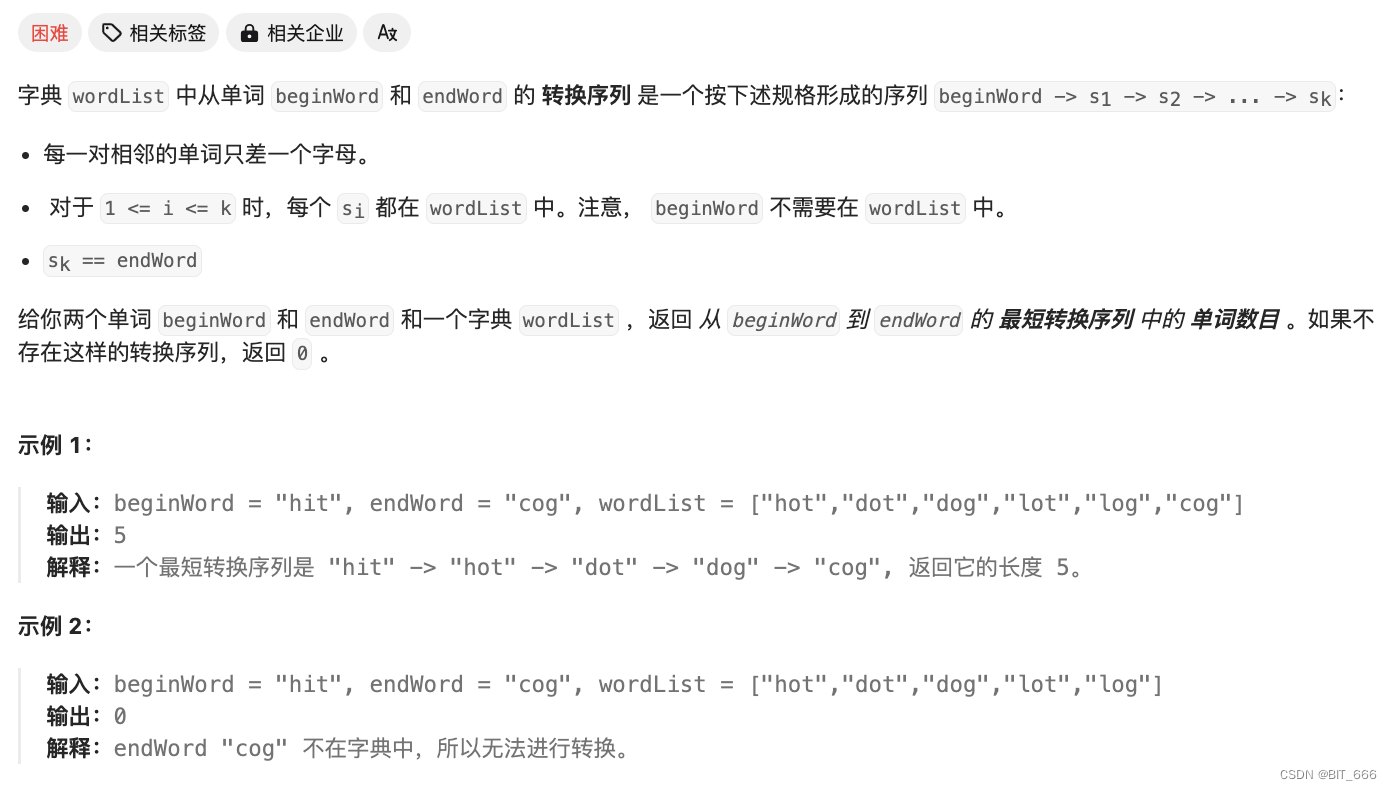
◆ 单向 BFS
class Solution:
def ladderLength(self, beginWord, endWord, wordList):
"""
:type beginWord: str
:type endWord: str
:type wordList: List[str]
:rtype: int
"""
valid_word = set(wordList)
if endWord not in valid_word:
return 0
stack = [(beginWord, 1)]
while stack:
word, level = stack.pop(0)
for i in range(len(word)):
for char in "abcdefghijklmnopqrstuvwxyz":
new_word = word[:i] + char + word[i + 1:]
if new_word == endWord:
return level + 1
elif new_word in valid_word:
stack.append((new_word, level + 1))
valid_word.remove(new_word)
return 0这里我们可以打印一下转换的流程图,hot 有多层 level 出发,第二条路径走到了 cog,即结束遍历,当然 log 也可以走到 cog 只不过已经不需要了。
hot 2 -> lot 3
hot 2 -> dot 3 -> dog 4 -> cog 5
hot 2 -> dot 3 -> log 4
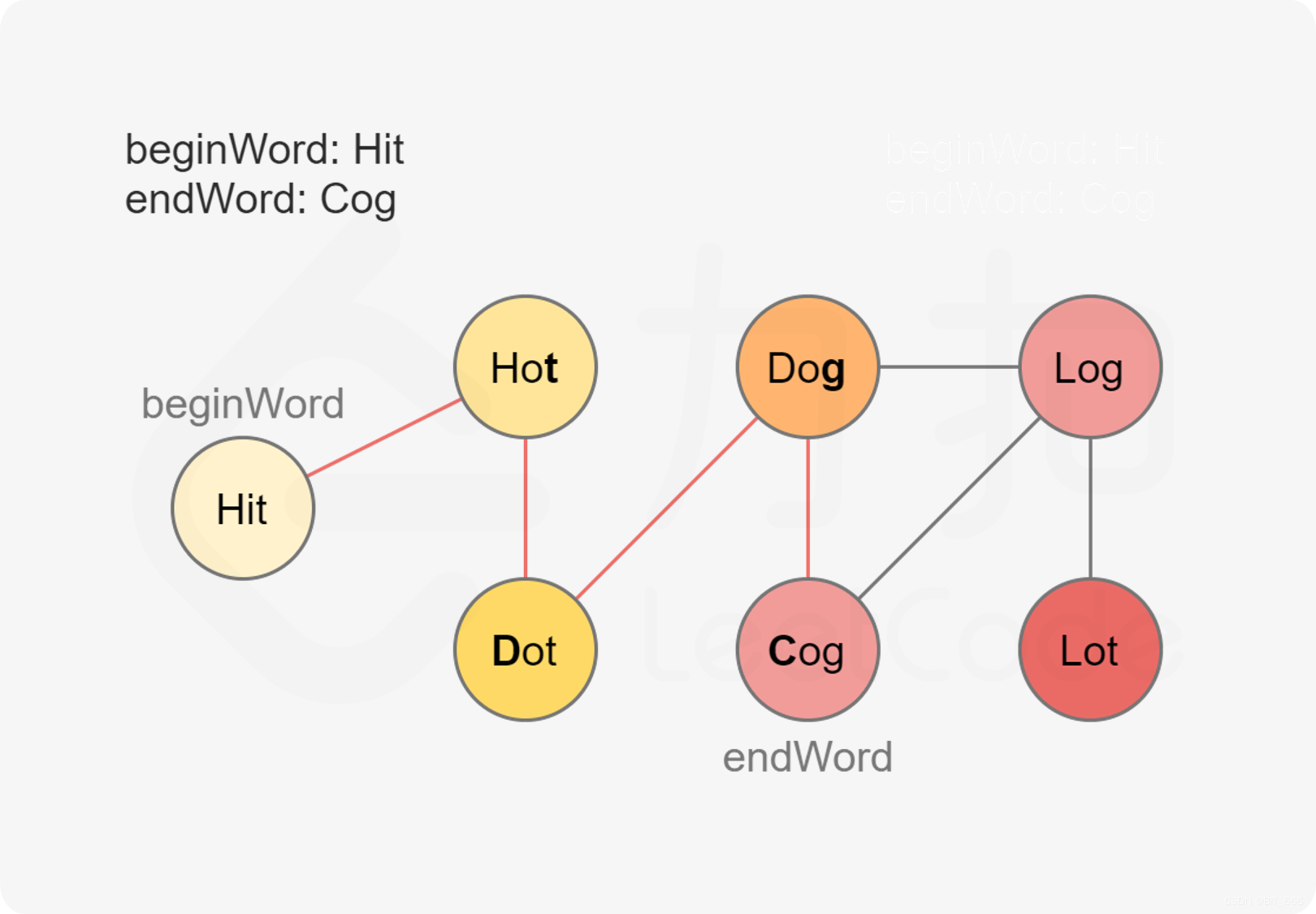
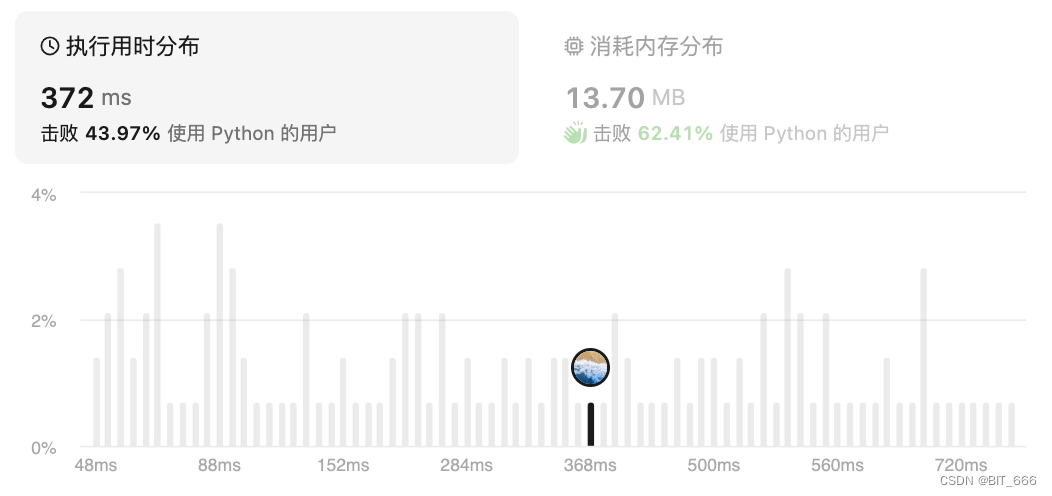
◆ 双向 BFS
class Solution(object):
def ladderLength(self, beginWord, endWord, wordList):
"""
:type beginWord: str
:type endWord: str
:type wordList: List[str]
:rtype: int
"""
# 去重使用
valid_word = set(wordList)
# 边界条件
if endWord not in wordList or len(wordList) == 0:
return 0
# 双向 BFS
begin, end, step = {beginWord}, {endWord}, 1
# 同时有元素才能继续,如果一遍没元素代表已中断,无法联通,直接结束
while begin and end:
# 减少排查的可能性,从单词少的方向排查,避免无效查询
if len(begin) > len(end):
begin, end = end, begin
# 存储下一层
next_level = set()
# 遍历下一层的多个结果
for word in begin:
# 遍历每个位置
for i in range(len(word)):
# a-z
for char in "abcdefghijklmnopqrstuvwxyz":
# 节省无必要的替换
if char != word[i]:
new_word = word[:i] + char + word[i + 1:]
# 二者相遇即返回
if new_word in end:
return step + 1
if new_word in valid_word:
next_level.add(new_word)
valid_word.remove(new_word)
# 指针替换
begin = next_level
step += 1
return 0已经将详细的注释加在代码里了,从 {start},{end} 两个方向查找,每次只找短的缩小无效查询的次数,这其实也是一种剪枝的策略,正所谓图中有真意欲辨已忘言:

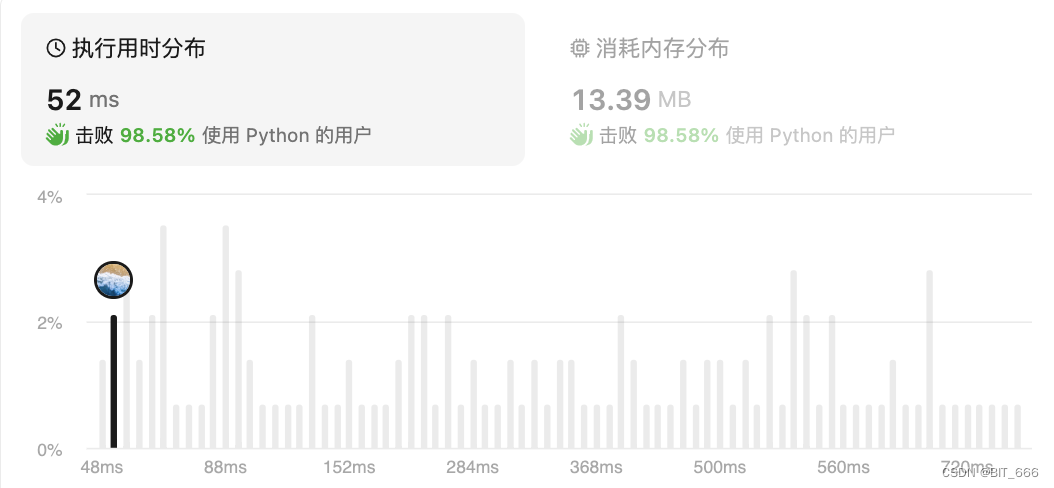
◆ 双向 BFS + 剪枝
class Solution(object):
def ladderLength(self, beginWord, endWord, wordList):
"""
:type beginWord: str
:type endWord: str
:type wordList: List[str]
:rtype: int
"""
# 去重使用
valid_word = set(wordList)
if endWord not in wordList or len(wordList) == 0:
return 0
# 剪枝优化
s = set()
for word in wordList:
for char in word:
s.add(char)
s = ''.join(list(s))
# 双向 BFS
begin, end, step = {beginWord}, {endWord}, 1
while begin and end:
if len(begin) > len(end):
begin, end = end, begin
# 存储下一层
next_level = set()
for word in begin:
for i in range(len(word)):
# a-z
for char in s:
# 节省无必要的替换
if char != word[i]:
new_word = word[:i] + char + word[i + 1:]
if new_word in end:
return step + 1
if new_word in valid_word:
next_level.add(new_word)
valid_word.remove(new_word)
# 指针替换
begin = next_level
step += 1
return 0上面的两个方法在构建 new_word 时都遍历了所有 26 个字母 char,其实我们可以根据 end_word 的去重字符进行状态空间压缩,从而减少无意义的遍历,因为 char not in end_word 则 new_word 必定 not in end_word,从而优化时间复杂度。
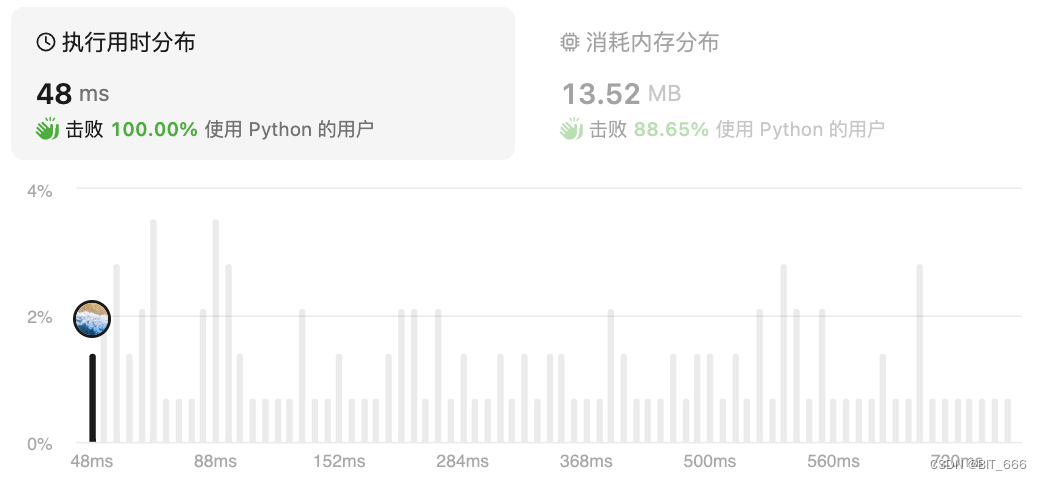
2.Min-Gen-Mutation [433]
最小基因突变: https://leetcode.cn/problems/minimum-genetic-mutation/description/
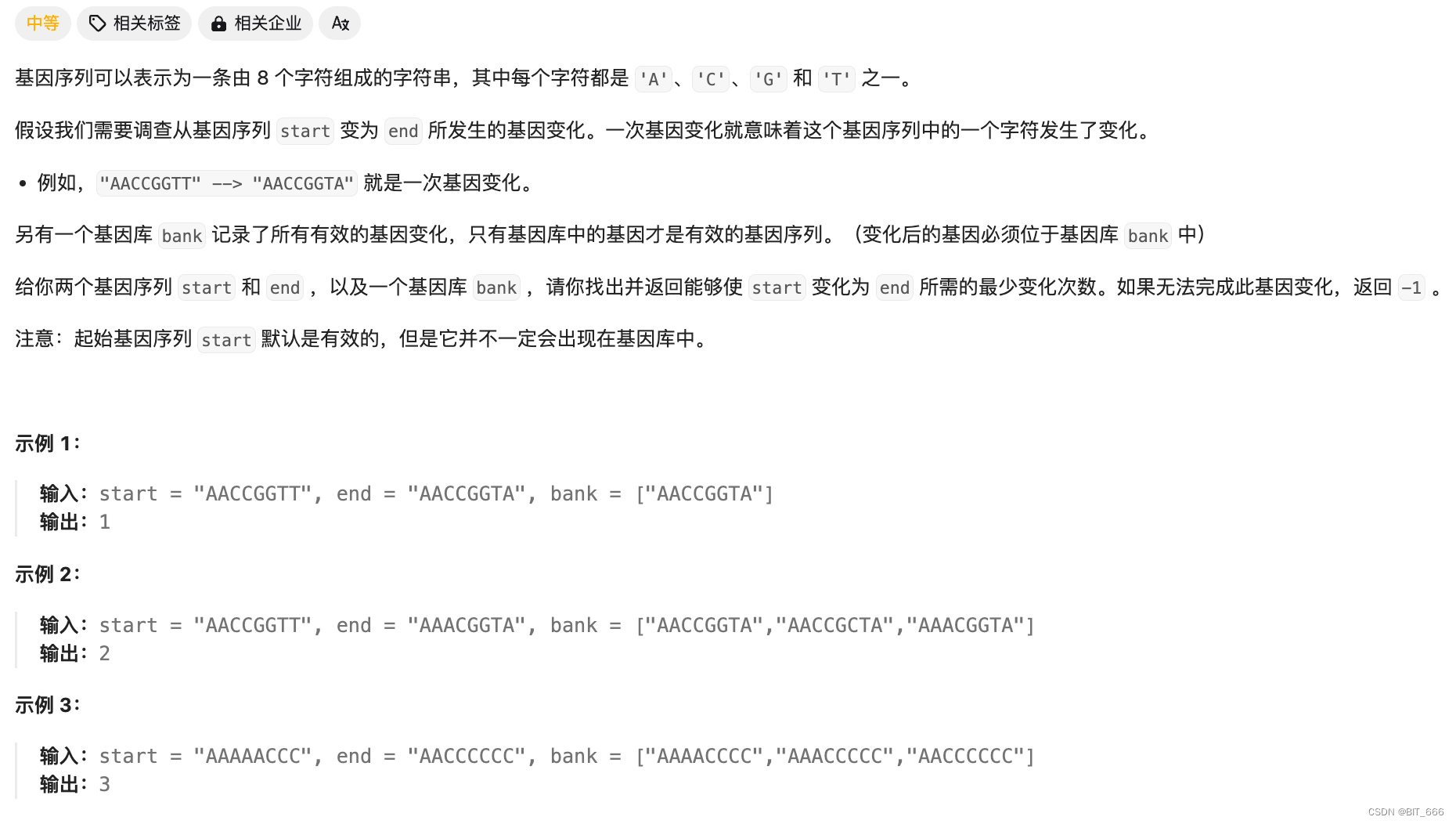
◆ BFS
class Solution(object):
def minMutation(self, startGene, endGene, bank):
"""
:type startGene: str
:type endGene: str
:type bank: List[str]
:rtype: int
"""
if not bank:
return -1
bank = set(bank)
if endGene not in bank:
return -1
stack = [(startGene, 0)]
while stack:
gene, level = stack.pop(0)
for i in range(len(gene)):
for char in "ACGT":
new_gene = gene[:i] + char + gene[i + 1:]
if new_gene == endGene:
return level + 1
if new_gene in bank:
stack.append((new_gene, level + 1))
bank.remove(new_gene)
return -1和上一题异曲同工之妙,只不过从单词接龙变成基因 🧬 接龙,每次修改的地方有限。

◆ 双向 BFS
class Solution(object):
def minMutation(self, startGene, endGene, bank):
"""
:type startGene: str
:type endGene: str
:type bank: List[str]
:rtype: int
"""
if not bank:
return -1
bank = set(bank)
if endGene not in bank:
return -1
# 初始化首尾
front, back, step = {startGene}, {endGene}, 0
while front and back:
next_front = set()
# 遍历当前层 Gene
for gene in front:
print(gene)
for i in range(len(gene)):
for char in "ACGT":
new_gene = gene[:i] + char + gene[i + 1:]
# 相遇了
if new_gene in back:
return step + 1
# 下一层突变
if new_gene in bank:
next_front.add(new_gene)
bank.remove(new_gene)
# 取短的遍历加速
if len(next_front) > len(back):
front, back = back, next_front
else:
front = next_front
step += 1
return -1和上面异曲同工,老曲新唱,相当于再温习一遍。其加速点就是左右替换,优先遍历可能性少的情况。

四.总结
这节内容 '双向 BFS' 起始也包含着很多剪枝的策略,所以其也属于优化搜索方式的方法之一,下一节我们介绍高级搜索的最后一块内容: A* 启发式搜索。






